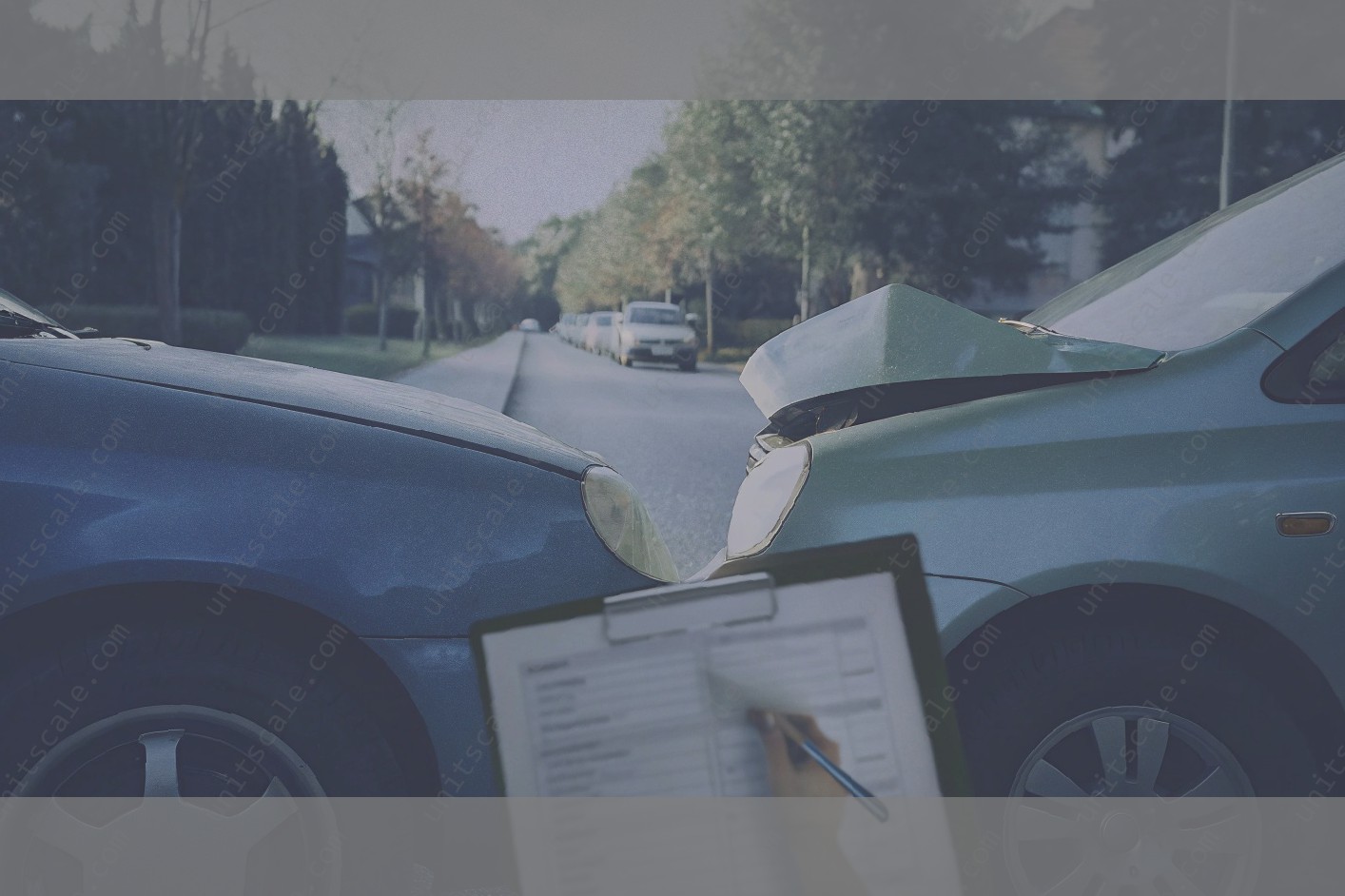What is a Release of Responsibility Form?
A Release of Responsibility, known as a release of liability in some states, is a legally binding contract between two or more parties in which one party relinquishes the right to seek compensation from another party for a potential claim. When it comes to car accidents, these forms are often used to ensure that a driver who believes another driver bears no responsibility for an accident cannot sue the purportedly irresponsible driver. Thus, if the injured party signs the form and later changes his or her mind, they may find that they cannot pursue legal action for their injuries.
It can be very tempting to sign one of these forms immediately following the accident, particularly if the other driver insists that he or she is not at fault . However, it is likely that your injuries will not be discovered until after the fact—so while it may seem like you are saving time by signing that form early, you may really be blocking your own chance to pursue compensation down the road.
A Release of Responsibility is similar to an Affidavit of Non-Ownership in that the major practical difference between the two is that the former may be signed as a result of an exchange of information and responsibility between the owners of multiple vehicles involved in an accident. The latter only involves the owner of one vehicle and is signed purely to prevent liability being thrust onto a driver of another vehicle.
Essential Components of the Form
The essential components a car accident lawyer should look for in a car accident Release of Responsibility Form includes:
A release clause
Indemnification provisions
Confidentiality provisions
Dispute resolution provisions
The release clause is where the party that’s been released agrees that the matter has been fully settled, the parties have given something to one another and that neither party can come back and make a claim. The defendant says they’re no longer responsible and that they don’t have any future risks that will be claimed against them. The plaintiff usually agrees not to sue for an individual incident. When it comes to automobile accidents, the plaintiff is releasing the defendant from any claims or causes of action that may arise as a result of that incident. This could include a personal injury claim, a medical expense claim, and any other claims that could come up down the road. The parties are saying in advance that they’re going to call it even for that claim.
There also may be indemnification provisions. Those provisions basically say that if one party pays for that claim, the other party will pay them back. If one party spends money defending against the claim, the other party will give something to the other. So, basically, you’re indemnifying them against that claim even if unofficially.
Confidentiality provisions are very common. They prohibit the parties from discussing the settlement terms and encourage them to enforce the terms of the agreement. This would come into play if the other party says, "Oh, we had an agreement that you would pay my medical expenses." If you haven’t paid them yet, you can’t come back to me in the future and make that claim.
Unfortunately, these agreements may not protect you as much if you’re a client, however, they do offer some protection if you’re the defendant. Generally, these agreements are drafted on the defendant’s terms. So, anything the defendant is going to agree to is usually disadvantageous to the plaintiff in their ability to recover in the future. However, it’s all about the incentive to encourage the parties to end the litigation.
Potential Legal Ramifications of Signing
The legal implications of signing the release of responsibility form can be complex and far-reaching. By signing this document, you are essentially agreeing to take full responsibility for the accident, and you may be limiting your ability to seek compensation for injuries and damages that occur later on. In most cases, the ability to sue at a later date is removed entirely.
However, because the legal terms can be confusing, it is very important to consult with an attorney before deciding whether to sign the release of responsibility form. For example, some states have laws that say that as long as you and the insurance company have a written agreement, you are free to fix the car in whichever way that you choose and they are obliged to pay for it – even if the repairs cost more than what any other local auto body shop would charge.
If the insurance adjuster or representative tries to get you to sign a release of responsibility form while you are in the hospital, then be sure to speak with your attorney about it. The insurance company is trying to take advantage of you by getting you during a vulnerable moment, and the legal implications of signing this document might not be in your favor.
Cases When You Would Sign a Release of Responsibility Form
The Release of Responsibility Form is appropriate under certain circumstances. These circumstances are usually in simpler collision cases, where liability is easy to determine or where liability is agreed to, and where there are no major injuries or damage to property.
Generally, you would use a Release of Responsibility Form if you collide with another vehicle in which there is no property damage or very little property damage, and each driver is admitting that the other driver was not responsible for the collision, such as when both vehicles were making a left turn and they collided.
You could also use the Release of Responsibility Form if you collide head on with an uninsured vehicle that swerved to avoid another collision .
However, the most common use of the Release of Responsibility Form is when you collide with a cyclist or a pedestrian, and the cyclist or pedestrian is making a claim against you for negligent driving. In these cases, the cyclist or pedestrian is usually represented by a personal injury attorney, and the personal injury attorney has negotiated a settlement with the cyclist or pedestrian and his/her attorney, in exchange for a properly drafted Release of Responsibility Form. Since the Release of Responsibility Form is a release of liability between the driver and the cyclist/pedestrian, the insurer will benefit from the transaction, and accordingly, the insurer usually pays for the cost to have the Release of Responsibility Form signed in exchange for consideration given to the cyclist/pedestrian for agreeing to release you as the driver from liability.
How to Prepare and Inspect the Form
The first step in creating a legally binding Release of Responsibility Form is to draft it in a way that is clearly understandable and does not contain any ambiguities. The form should expressly inform the signing party of his or her responsibility with respect to getting a vehicle repaired or otherwise dealing with what he or she is liable for under that state’s law. Once the form has been drafted, either by the defendant alone or the defendant’s insurance company, then it must be properly reviewed before being provided to the plaintiff. Once the form is presented to the plaintiff, the plaintiff will have an opportunity to review it and consult with whoever he or she wants to regarding the form. Often times, a plaintiff will attempt to get a lawyer for his or her own representation in order to ensure the form does indeed protect him or her from future legal liability in regard to the car accident being discussed in the form. A Release of Responsibility Form can be a useful tool for ensuring a defendant is ultimately responsible for the accident, but the form still must be drafted properly and reviewed closely before it is signed to ensure that the terms are clear and comply with the law.
Common Pitfalls and How to Avoid Them
One of the most common mistakes made with respect to the Release of Responsibility Form in a car accident case is to settle or sign the document without speaking to an attorney. Folks often don’t wish to incur the expense of seeing a lawyer, or feel that the cost of hiring one is not worth it for a minor injury claim. However, signing a Release of Responsibility Form without at least consulting with a qualified and knowledgeable personal injury attorney may be complacent and could ultimately lead to being taken advantage of by the insurance company.
Even with a relatively minor injury, the medical bills can still add up to thousands of dollars. Sometimes the scope of the injury won’t be immediately realized until months or even a year later when complications arise and surgery becomes necessary. Hospital PA and diagnostic charges, ER co-pays and medical bills from follow-up visits at a doctor’s office can be expensive. Bodily injury claims are "usually" compensable under the law. To accept remuneration from an insurance company and then to turn around and have to re-visit your insurance coverage for medical expenses and other bills can feel like a "double -whammy". At worst , if your insurance policy has a subrogation clause, and you have signed a release, you could lose all of your money from the settlement you just negotiated and lawfully received to pay your medical bills out of your settlement. Furthermore, you may find yourself in the middle of a second law suit as your insurance carrier goes after the at fault driver and his/her insurance carrier for reimbursement regarding the medical bills you incurred and the settlement funds you received relative to the same.
So what’s the solution? Take the time to speak to an attorney. Although it can be an expense you were trying to avoid in the first place, it could mean the difference between an amicable settlement and what some people call a "nightmare scenario." Some people think, "I know I wasn’t at fault, and the damage has already been covered so what does it matter?" Fact is, it can and it will matter, especially when a delay in pain and suffering symptoms arise, surgery is needed, or the full extent of the bodily injury you have suffered has not yet presented itself.


